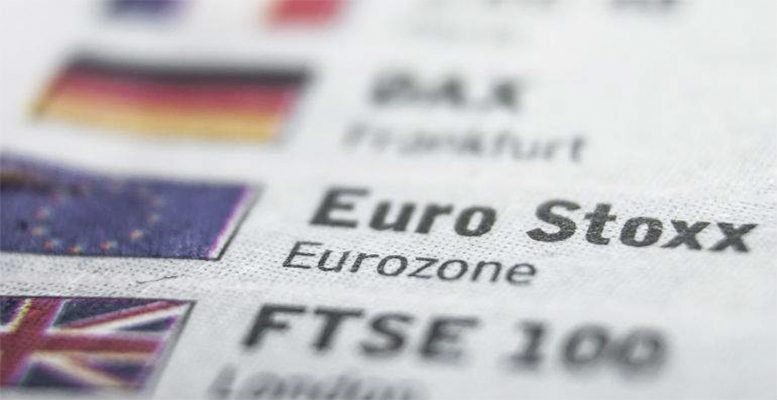The euro traded with limited movement on Monday, edging fractionally lower against the US dollar but holding firm versus other major currencies, as investors assessed a fresh set of manufacturing data that hinted at early signs of stabilization across the euro area’s industrial sector. The modest losses came as renewed dollar strength, underpinned by resilient US economic indicators and rising Treasury yields, kept the single currency on the defensive.
According to the latest survey data from Hamburg Commercial Bank (HCOB), the Eurozone Manufacturing PMI rose to 50.0 in October, up from 49.8 in September, its highest level in two months and the threshold separating expansion from contraction. The figures suggest that the region’s factory sector may be bottoming out after more than a year of weakness, though the improvement remains fragile.
Output posted a second consecutive monthly increase, aided by ongoing inventory reductions and tentative restocking activity among suppliers. Input costs were broadly stable, while selling prices inched higher for the first time in several months, reflecting early signs of pricing power returning in select industries. Yet, the survey highlighted persistent headwinds: employment levels fell and new orders stagnated, underscoring continued caution among firms facing sluggish demand both at home and abroad.
National data painted a similarly nuanced picture. In Germany, the bloc’s largest economy, the manufacturing PMI ticked up to 49.6 from 49.5, a marginal improvement driven by modest gains in output and new orders. However, business expectations weakened, falling to their lowest level this year as concerns lingered over high energy costs, subdued export demand, and the uncertain global outlook.
France, meanwhile, saw its PMI rise to 48.8, exceeding expectations but still firmly in contraction territory. French manufacturers continued to face soft domestic demand, prompting further cuts to output and prices in an effort to stay competitive. Analysts noted that while sentiment has improved slightly, the sector remains constrained by weak order pipelines and rising import competition.
Market participants were reluctant to take strong positions ahead of a data-heavy week that could influence expectations for the European Central Bank’s next policy move. ECB President Christine Lagarde is due to speak on Tuesday, offering potential guidance on the Bank’s inflation outlook and the duration of its pause in rate hikes. Later in the week, traders will watch French industrial production, German factory output, and euro area retail sales figures for confirmation of whether the region’s economy is stabilizing or merely treading water.
Bond markets reflected the cautious tone. German 10-year Bund yields edged up toward 2.64%, mirroring a mild sell-off across European sovereign debt as investors priced in firmer US yields and the possibility of prolonged policy restraint by major central banks.
Overall, the euro’s subdued tone on Monday mirrored sentiment in broader markets — wary optimism tempered by a recognition that Europe’s industrial recovery, while potentially underway, remains fragile and uneven.








































